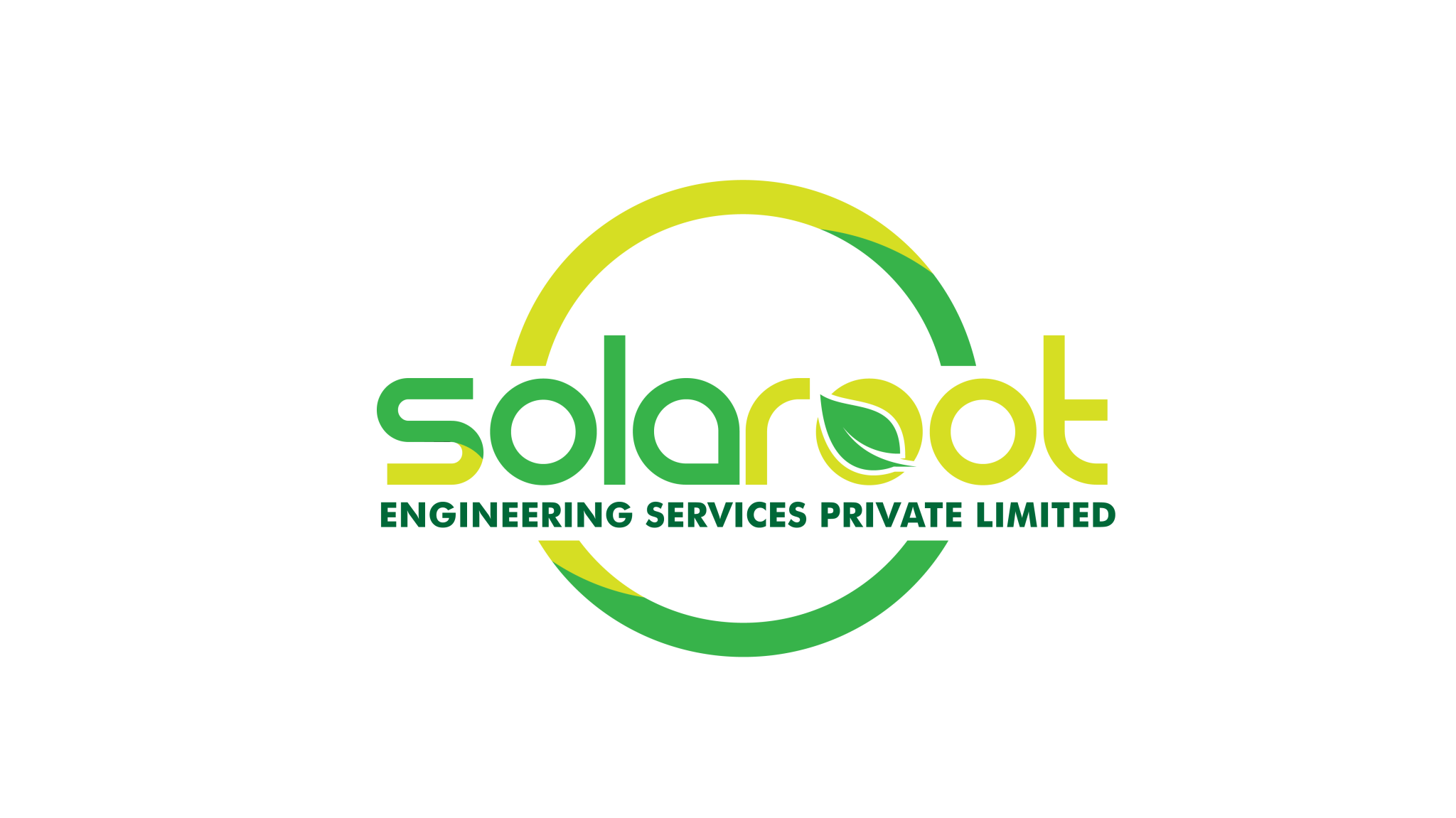When planning a solar installation, the last thing you want is to deal with paperwork and permits. But the truth is—getting the permits isn’t just a formality; it’s essential for safety, compliance, and even unlocking incentives.
If you’ve ever looked into solar permit design services, you may notice one thing – they’re very based on costly pricing. And that’s precisely why we’re here. In this blog, we’ll bring the most effective, cost-friendly options that will not force you to sacrifice the quality of your solar permit design project because saving the planet (and your pocket/wallet) should go hand in hand. So, what are you waiting for? Let’s get into it.
What is a Solar Permit Design?
A solar permit design is a detailed plan showing how a solar panel system will be safely installed, considering all the safety precautions and compliance requirements. It includes layouts, wiring diagrams, and safety measures needed to get approval from the local AHJ before installation.
Key components included in Solar Permit Design:
Usually, the solar permit design includes the following components:
- Site plan
- Structural design
- Electrical layout
- PE stamps (if required)
- Importance of accuracy and compliance with local codes.
Factors That Affect the Cost of Solar Permit Designs
Understanding the most critical factors that influence the cost of solar permit design can help you budget more accurately. Here are the key factors to consider:
- System size (residential vs. commercial): Solar installation for commercial and residential buildings differs. Larger commercial systems require more complex designs, engineering details, and documentation, leading to higher permit design costs than smaller residential systems.
- Type of roof/structure: The complexity of the roof or mounting structure is another factor that influences cost. Flat roofs, sloped roofs, ground mounts, or custom structures each have different design challenges that impact the overall cost.
- Local authority (AHJ) requirements: Every local AHJ (Authority Having Jurisdiction) has specific permitting guidelines and documentation standards. The more strict the regulations, the more the design effort and cost may increase.
- Turnaround time (rush orders vs. standard delivery): If you need your solar permit design quickly as a matter of urgency, then it may accelerate services that you may find but usually come at a premium cost compared to standard turnaround times.
- Custom vs. template-based designs: There is a huge difference between custom design and template-based design when it comes to cost. A custom design tailored to unique project needs requires more time and expertise than template-based solutions, which affects the final pricing.
- Engineering stamps (structural/electrical): Some projects require signed and sealed structural or electrical engineering stamps, which involve additional steps, certifications, and professional review fees that affect cost.
Budget-Friendly Options to Get Solar Permit Designs
While factors affect the final cost of solar permit design, as you know, every problem comes with its solution, so here we go. These are the top 5 budget-friendly options:
Option 1: Hiring Freelance Solar Designers
While solar permit designing might seem like the work of sitting in the office, some professionals prefer to provide their service as freelancers, which is quite acceptable. However, it comes with its drawbacks but also with advantages. If you want small-scale project design, you may choose a freelancer, though you need to review the work properly. Platforms where you can easily find professional freelancers who provide quality work – Upwork, Fiverr, LinkedIn.
| Pros | Cons |
| Lower Cost: Freelancers are more affordable than service providers. They often charge less than firms. | Quality Can Vary: Skills levels vary depending on the designer’s experience and local codes. |
| Flexible availability: One benefit of dealing with freelancers is the flexibility of time, as they can freely work as per the convenience of the project. You can often negotiate delivery time and milestones. | Reliability Issues: Deadlines or commitments can be the major issue. Freelancers handle multiple clients at once, which can cause delays, miss deadlines, and cancel projects if they face personal problems or are overbusy with their schedules. |
| Personalized Attention: You can directly communicate with the freelance designer. As they pay more attention to your project and make quick adjustments. | Limited Support: You can only find limited service options available to freelancers. For example – they can’t provide PE stamps needed for permits. Also, if your project requires revision work, they probably pay extra, as they have no team support. |
Option 2: Partnering with Specialized Design Firms
Firms or companies offering designing and engineering services are more affordable for any solar installation project. You have multiple options available, such as package services, separate services, on-demand support, and a dedicated team working on your project.
| Pros | Cons |
| High Quality and Accuracy: Higher expertise with AHJ (Authority Having Jurisdiction) requirement. That means your project will comply appropriately while working with such companies. | Slightly Higher Cost: Compared to hiring a freelancer, partnering with specialized design firms charges higher costs without compromising quality. |
| Comprehensive Services: You get multiple services at one place, including permit design and engineering stamps. There is no need to look here and there. | Integration Challenges: So, at the initiation process it might take extra efforts to ensure whether external teams understand your project needs and fits your company requirement. |
| Fixed Pricing and Packages: The pricing offer may vary, as they have fixed pricing for particular services or sometimes run some offers. However, these are predictable budgeting. | Less Direct Control: When partnering with the firms, you’re not supposed to manage or see every little part of your project, which leads to less direct control. |
| Faster Turnaround: Your project is about to be handled by dedicated teams, which leads to work completion faster than solo freelancers. | Communication Gap: Working with an external team sometimes ends up with miscommunication when not managed properly. |
Despite these challenges, some organizations and specialized firms are committed to providing installers with quality service without lacking in any area of the process. For example, Solaroot is a reputable firm known for delivering customer satisfaction by offering reliable on-call support and a dedicated team that focuses on each customer’s unique project needs while staying updated with the latest AHJ compliance requirements. We don’t treat our clients as outsiders — once they partner with us, they become a valued part of the Solaroot family.
Option 3: Using Pre-designed Template Packages
This is not a concern, but template packages are ready-made design sets commonly used for standard residential solar installations. They provide a fast, cost-effective solution using pre-approved layouts and engineering details for typical rooftop systems.
| Pros | Cons |
| Affordable: Template packages have the lowest upfront cost. | Limited Customization: This is not a budget-friendly option for big or complex projects that require unique customized sets. |
| Quick Deployment: It’s faster for small-scale projects such as residential setups. | Risk of Rejection: Templates may lead to rejection due to special/custom AHJ requirements. |
| Easy for Simple Systems: This is a good option for small rooftop installations. | Hidden Costs Later: You may pay extra for adjustments or revisions. |
Option 4: DIY Solar Permit Kits
DIY solar permit kits come with pre-filled forms that are easy to fill out, CAD drawings, and instructions designed to help homeowners or small project owners complete the permitting process on their own. If you want to try this, it’s kind of a budget-friendly option, but they require a good amount of technical expertise and personal involvement, and if you’re sure of that, then you should give it a try.
| Pros | Cons |
| Lowest Cost: This option is ideal for very low or tight budgets. | Time-Consuming: You must put in much effort and technical knowledge. |
| Full Control: If you’re willing to learn from the process, then choosing this step will be worth it, as you complete everything yourself. | Risk of Errors: Mistakes in drawings or calculations can cause permit rejections. |
| Good for Small Projects: This is suitable for cabin setups, sheds, or small homes. | No Professional Support: If any issues arise, you don’t get professional help. |
Tips to Save More on Solar Permit Designs
To save more on your solar permit design, here are some tips:
- Provide complete and accurate initial data, such as site photos and electric panel details.
- Stick to standard designs whenever possible.
- Combine permit design with engineering stamping services for bundle discounts.
- Choose experienced designers familiar with your local jurisdiction.
- Negotiate for bulk rates if designing multiple projects.
How Solaroot Offers Affordable, High-Quality Permit Designs
At Solaroot, we provide one-stop solutions and make solar permits easy and affordable. Our team works dedicatedly on your project, whether small, large, or complex—all at competitive prices. We value every client and ensure the quality of work. Experienced engineers review every plan to meet local codes and avoid costly delays. With affordable pricing and fast turnaround times, we help you complete your projects smoothly and confidently, so you can rest assured knowing professionals handle your project.
Conclusion
In conclusion, every project has unique needs and should be worth the money invested in solar permit design. Whether you opt for a freelancer or a specialized firm, you can save money by choosing the right option for your project requirements. Smart choice provides you with a smart solution.



